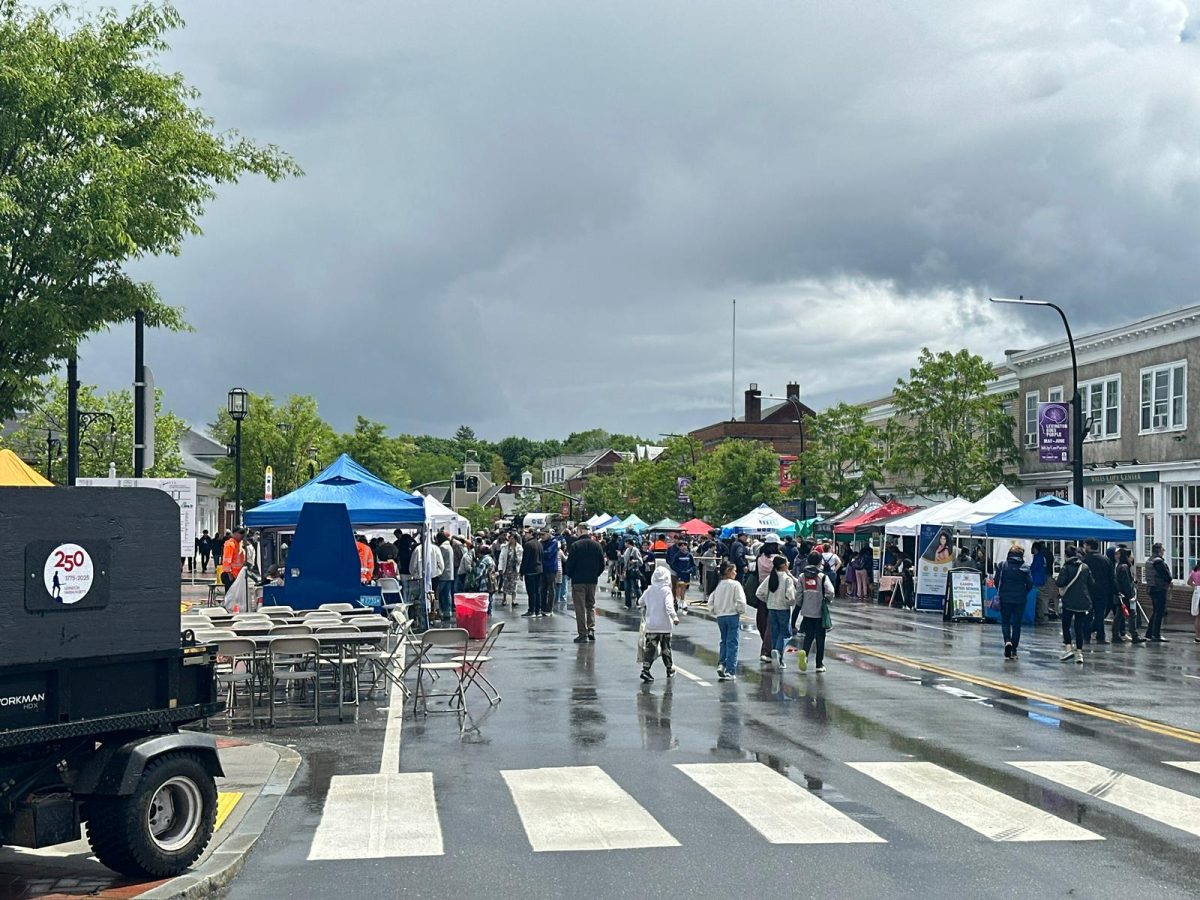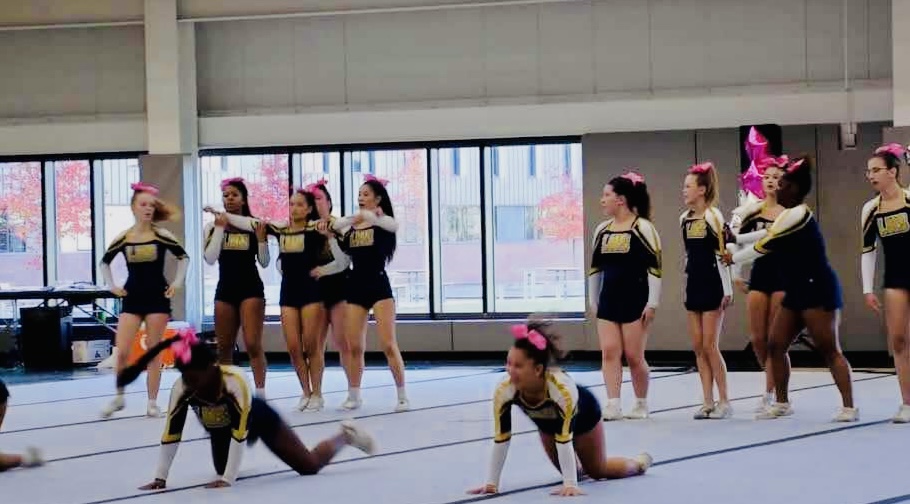The importance of school safety has become increasingly prevalent in K-12 education across the United States. From mental health resources to effective security measures, a safe and supportive learning environment is essential for the well-being of students. But how effectively are these safety measures implemented? Although Lexington High School has established a variety of safety protocols, there are still areas that require further improvement to address ongoing concerns.
One of the primary concerns for LHS is the current open-campus layout. The central quad requires students to walk between buildings, resulting in frequently unlocked doors and no clear central entrance.
“I think that the open quad has a lot of benefits in terms of the ease of getting in and out, but the buildings and classrooms should have more security, such as if we all had student IDs or something that selectively allows for students to come in,” Parnika Mysore, a sophomore at LHS, said.
Additionally, LHS often shares its fieldhouse with town residents in the morning and frequent visitors, such as parents and alumni, can easily access the school without a formal check in.
Together, these concerns are being considered and addressed in the new building plans, with security as a top priority in design. Many of the current safety measures at LHS are being refined for the new layout.
“The new school will improve safety for us. We won’t have four separate buildings that require us to go outside in between classes,” Andrew Baker, the LHS principal and a member of the School Building Committee, said. “Architects and engineers, when they go to build schools now, they have security in mind. They think about the landscape. They think about fencing. They think about RFID [Radio Frequency Identification], tap entry systems to buildings, and the placement of cameras. All of these things are upfront considerations in the building of [the] new school.”
In addition to facility upgrades, students emphasize the importance of addressing daily safety risks that may often be overlooked.
“I think it’s important to prioritize things like traffic safety, because those are also things that students will encounter daily,” Nishanth Veeragandham, a senior at LHS, said. “A design that mitigates human crowd rushes should be something that gets implemented into the new school.”
These daily risks, from traffic control to reactive science experiments, call for the most careful attention. A continued emphasis must be placed on all aspects of school safety, from the most extreme cases to aspects of everyday life. By continuing to refine and prioritize both long-term and immediate safety measures, LHS can move closer to a secure and supportive learning environment.
“I think people tend to think about the worst case scenarios, the things you read about in newspapers—intruders, active shooters, etc. But school safety encompasses everything from making sure we’re doing drills and that our alarm systems are working properly, to not blocking entrances when the firefighters come in,” Baker said.



